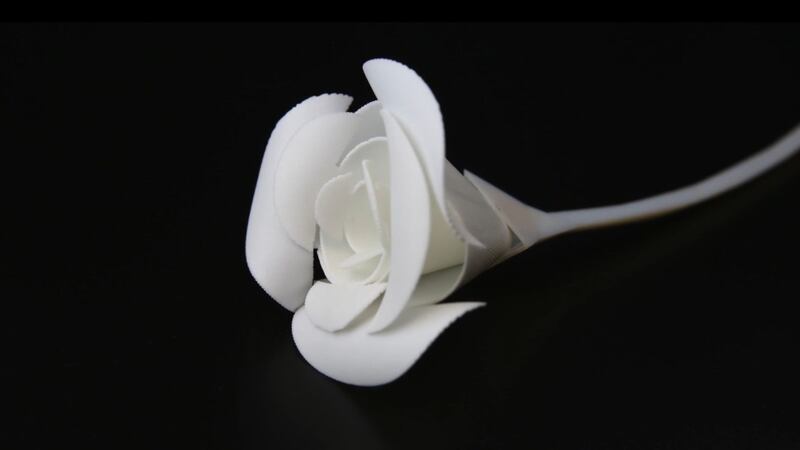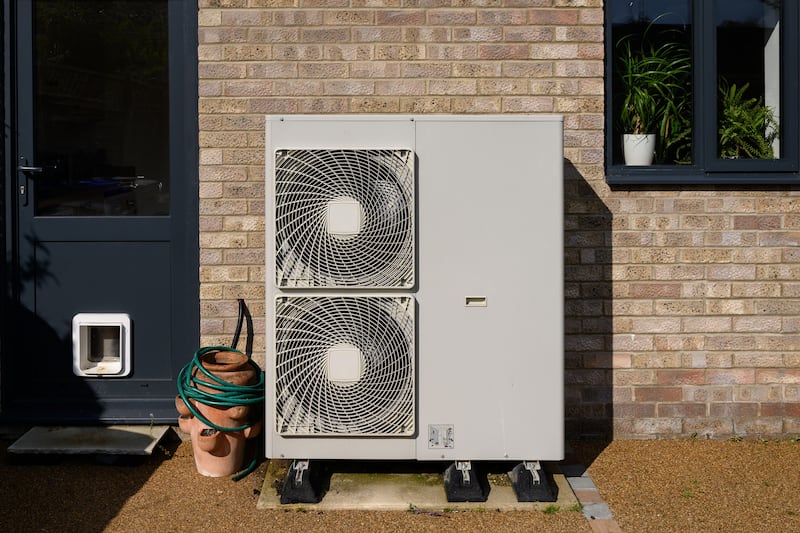Flat-pack furniture and even emergency shelters could self-fold into shape in the future thanks to new research into 3D printing by engineers in the US.
A team from Carnegie Mellon University in Pennsylvania has developed a technique they call Thermorph, which uses the warpage that can sometimes occur as a result of 3D printing to help pieces fold themselves into shape.
The process sees objects, such as a rose, boat and rabbit fold into their intended shape from flat when heated by being placed into hot water.
They’ve suggested that future versions of the technology could be used to assemble flat-pack furniture using a heat gun, or emergency shelters using the heat of the sun.
The researchers used specially designed software for the printer, which enabled them to control the speed at which filament is deposited and add in extra materials that resist contraction, enabling them to control the process.
“Though we used a 3D printer with standard hardware, we replaced the machine’s open source software with our own code that automatically calculates the print speed and patterns necessary to achieve particular folding angles,” the team said.
“The software is based on new curve-folding theory representing banding motions of curved area. The software based on this theory can compile any arbitrary 3-D mesh shape to an associated thermoplastic sheet in a few seconds without human intervention.”








